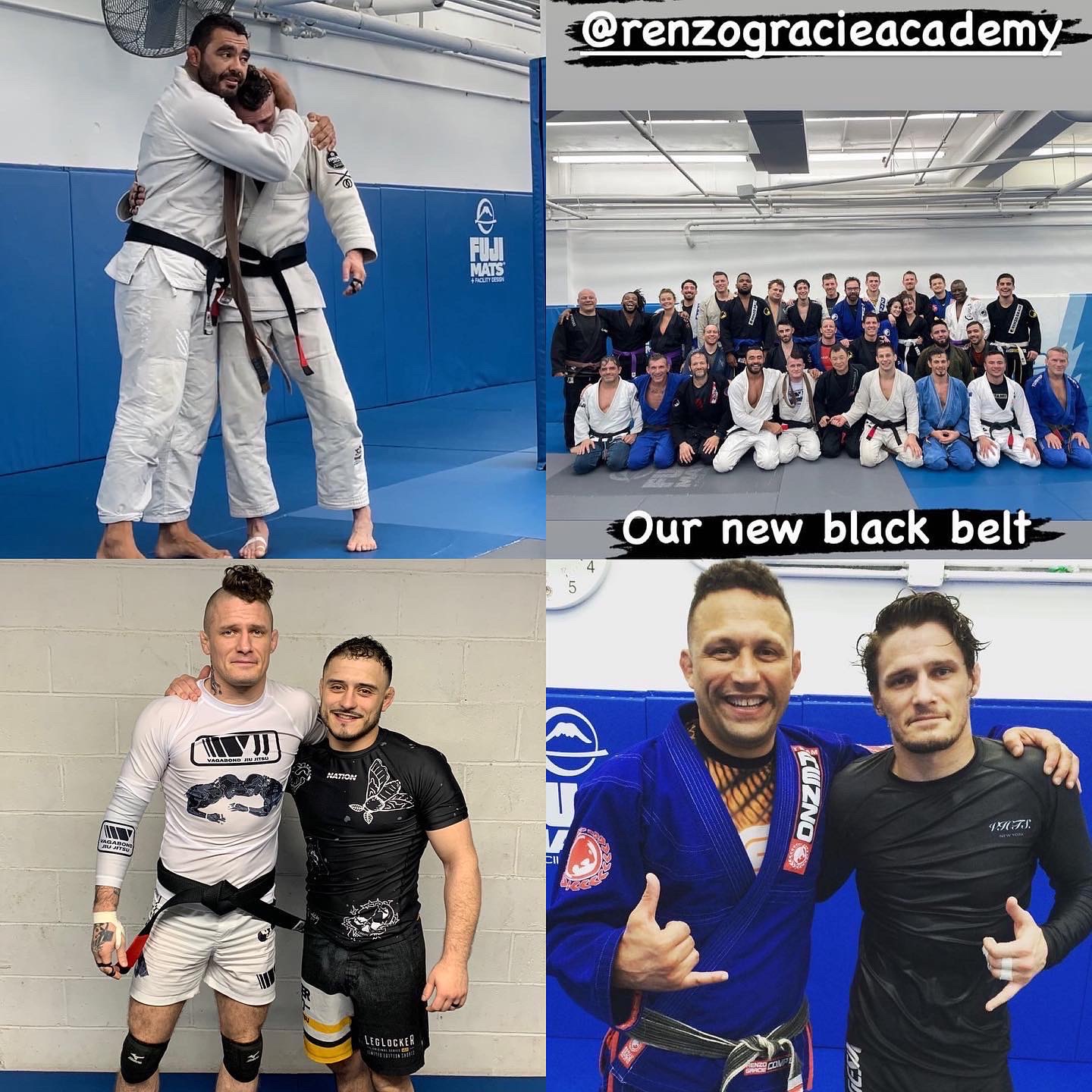Disclaimer: posted from iPhone-
https://blog.percolate.com/2014/05/first-principles-elon-musk-problem-solving/
Reasoning in reverse or backwards in some regard is not a new idea per se.
As it applies to JiuJitsu, I'll liken it to Sakuraba or Masakazu Imanari: pass the guard? Why? I can attack the legs. There's an interview by Scramble ( I think) where they ask Imanari why he loves leg locks and the like and he laughs and sheepishly says he wasn't very good at guard passing. It's a "duh" moment but it's sort of brilliant in its own "duh" or obvious way. In the long run he's become so dangerous at attacking the legs that it completely takes guys out of their game when facing him even, often in MMA. He does something which feels counter-intuitive to a trained Jiu-Jitsu practitioner. He doesn't do what's expected in that sense.
But furthermore, it breaks down more deeply into fundamental and what's called "atomic componenets": Pass the guard? Why? More importantly, why pass guard when I can attack the legs? If the purpose of JiuJitsu is to submit the opponent, and I can do so without multi-part/protracted guard passing battle, especially in the realm of MMA or submission grappling (ADCC or EBI rule sets) then why pass the guard indeed?
I find this reasoning of interest as I'm a devoted guard passer and open guard player. I'm as interested if not moreso in the "why?" behind a high level competitor as opposed to the "how" he/she might do something. Example: I'd be far more interested in hearing at length why the Miyaos prefer getting to the back as opposed to a back take instructional series with x or y number of moves or techniques. Is it they feel the most dominant finishing position? If so, why? Is it the safest control position regardless of opponent size?
 |
| Sweep the foot, you must |
It's kind of like, why pull guard? Why not fight for a takedown? Why pull guard rather than seek a takedown? In sport Jiu-Jitsu, off your back you have more options to sweep or submit rather than on top where much of your options begin after passing the guard (minus dropping back on an ankle lock, toe hold, jumping to a guillotine perhaps). To be on top and sit back on the ankle lock or toe hold also means conceding two points if/when the formerly bottom player escapes the submission attempt. The rabbit hole runs deep when you begin asking "Why?" and considering your goals in winning, how to win, and the nature of the rule set governing the contest.
At its core though, it's the same kind of reverse problem solving: why control the back or seek the position of the back and spend time/energy fighting to take the back if I can simply control the head and therefore the body and have a series of submission options more directly? Again, if the purpose is to submit, why then seek a further step away or a position a further step away to then begin my submission attempts?
I'd liken it to using the submission attempt as a position of sorts: like jumping to the armbar at the start of a match rather than 1) takedown 2) pass guard 3) achieve mount 4) spin off to mounted armbar.
All of the above stems from "why?" Why seek to submit? Why seek to control position? Why seek to submit potentially at the expense of position? What is the purpose of JiuJitsu? To what purpose do we seek to control position rather than seek to submit? What is the purpose of position or submission? How are they different? How does one serve the other? How can seeking one at the expense of another change the content of the interaction between the two grapplers? Where do we spend our pennies in the piggy bank that is limited training time each day?


No comments:
Post a Comment